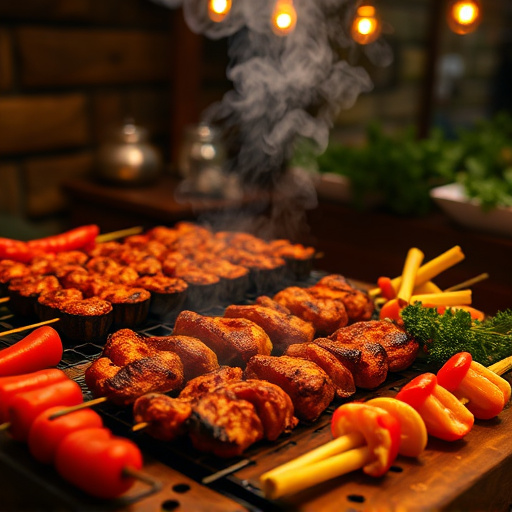To perfect baked BBQ ribs, choose between baby back or spareribs, remove membranes, and season with salt, pepper, and a dry rub. Pre-soak ribs in a blend of brown sugar, paprika, garlic powder, salt, pepper, and cayenne for tender, flavorful results. Slow-roast at low temps to achieve a juicy, smoky texture and rich, sweet flavors enhanced by hickory or oak wood chips.
“Indulge in the mouthwatering aroma of homemade baked BBQ ribs, where deep barbecue flavor meets tender, juicy meat. This comprehensive guide takes you on a culinary journey, from choosing the perfect St Louis cut or baby back ribs to mastering the art of pre-soaking and seasoning. Uncover the secret ingredients that elevate your ribs to new heights, including a tantalizing dry rub and the magic of vinegar in the sauce. Learn the baking method for tender perfection, plus creative serving suggestions and tips for storing leftovers. Get ready to savor every bite of this mouthwatering baked BBQ ribs recipe.”
- Choosing the Right Ribs and Prepping Them
- – Types of ribs: St Louis cut vs baby back
- – Pre-soaking and seasoning techniques
- The Secret Ingredients for Deep Barbecue Flavor
Choosing the Right Ribs and Prepping Them
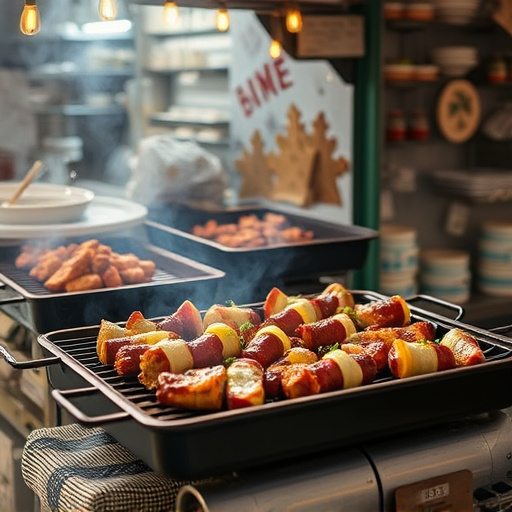
When it comes to achieving mouthwatering baked BBQ ribs, selecting the perfect cut is key. Look for baby back or spareribs—these meaty, moderately lean cuts are ideal for slow-baking, allowing the flavors to penetrate deeply. Before cooking, prepare your ribs properly. Start by removing any membrane on the bone side; this thin, rubbery layer can be tough to chew and impedes flavor absorption. Next, season both sides generously with salt, pepper, and your favorite dry rub—this simple step is crucial for locking in moisture and enhancing that deep barbecue flavor.
– Types of ribs: St Louis cut vs baby back
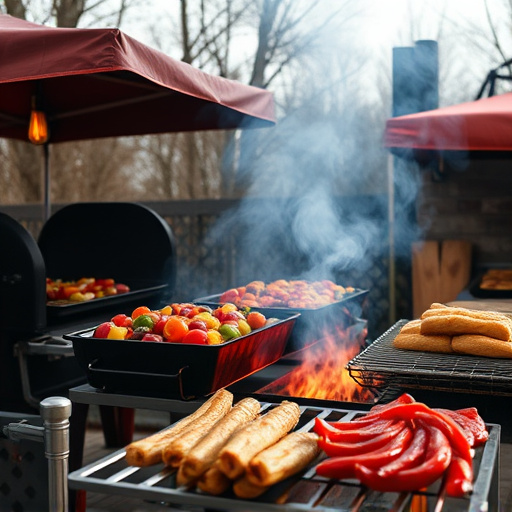
When it comes to choosing between St. Louis cut and baby back ribs for your baked BBQ ribs recipe, consider the distinct characteristics of each. St. Louis-style ribs, also known as “cut in the bone” or “full rib,” feature a full membrane that connects the meat to the bone. This makes them meaty and tender but can require more time to cook since the membrane needs to be stripped off for an ideal, tender texture.
On the other hand, baby back ribs are cut from the smaller end of the rack, between the spine and the St. Louis-style ribs. They have less meat on the bone but are still packed with flavor. Baby back ribs tend to cook faster and are often preferred for baked BBQ rib recipes due to their ease of preparation and a balance between tender meat and noticeable bone structure.
– Pre-soaking and seasoning techniques
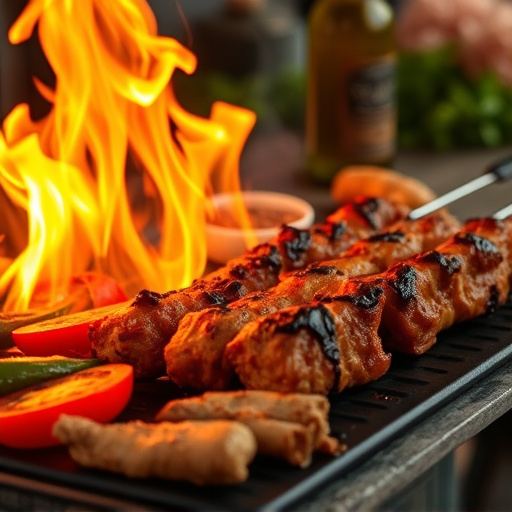
When preparing baked BBQ ribs, pre-soaking can significantly enhance the flavor and tenderness of your ribs. Soak them in a mixture of dry rub spices prior to baking to allow the flavors to penetrate the meat. This technique ensures that every bite is packed with deep, smoky barbecue taste.
For an effective seasoning technique, create a dry rub by mixing ingredients like brown sugar, paprika, garlic powder, salt, and pepper. Rub this blend all over the ribs, ensuring even coverage. Letting the ribs sit for a few hours or even overnight in the refrigerator allows the spices to marinate the meat, resulting in a mouthwatering baked BBQ ribs recipe that’s sure to impress.
The Secret Ingredients for Deep Barbecue Flavor
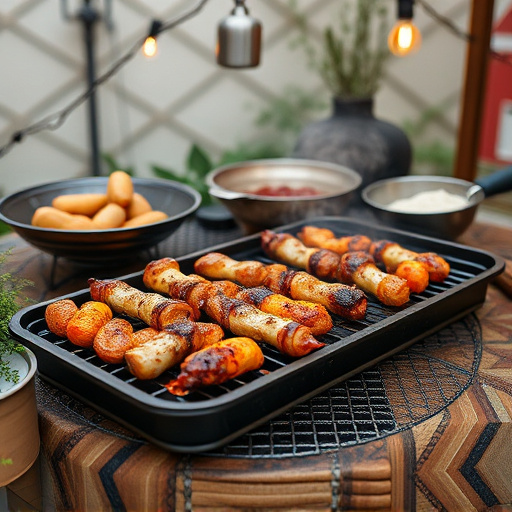
The key to unlocking deep, smoky barbecue flavor in your baked BBQ ribs recipe lies in a blend of secret ingredients and techniques. First, start with high-quality pork ribs, preferably bone-in, as this adds richness and depth. A dry rub is essential; combine brown sugar, paprika, garlic powder, salt, pepper, and cayenne for a sweet and spicy mix that coats the ribs evenly. This step is crucial for enhancing the flavor profile.
Next, don’t underestimate the power of wood chips or chunks. Adding hickory or oak to your baking tray or smoker creates authentic barbecue smoke flavors. Slow-roasting the ribs at a low temperature allows the meat to tenderize and the sauce to penetrate, resulting in a mouthwatering blend of textures and tastes.
